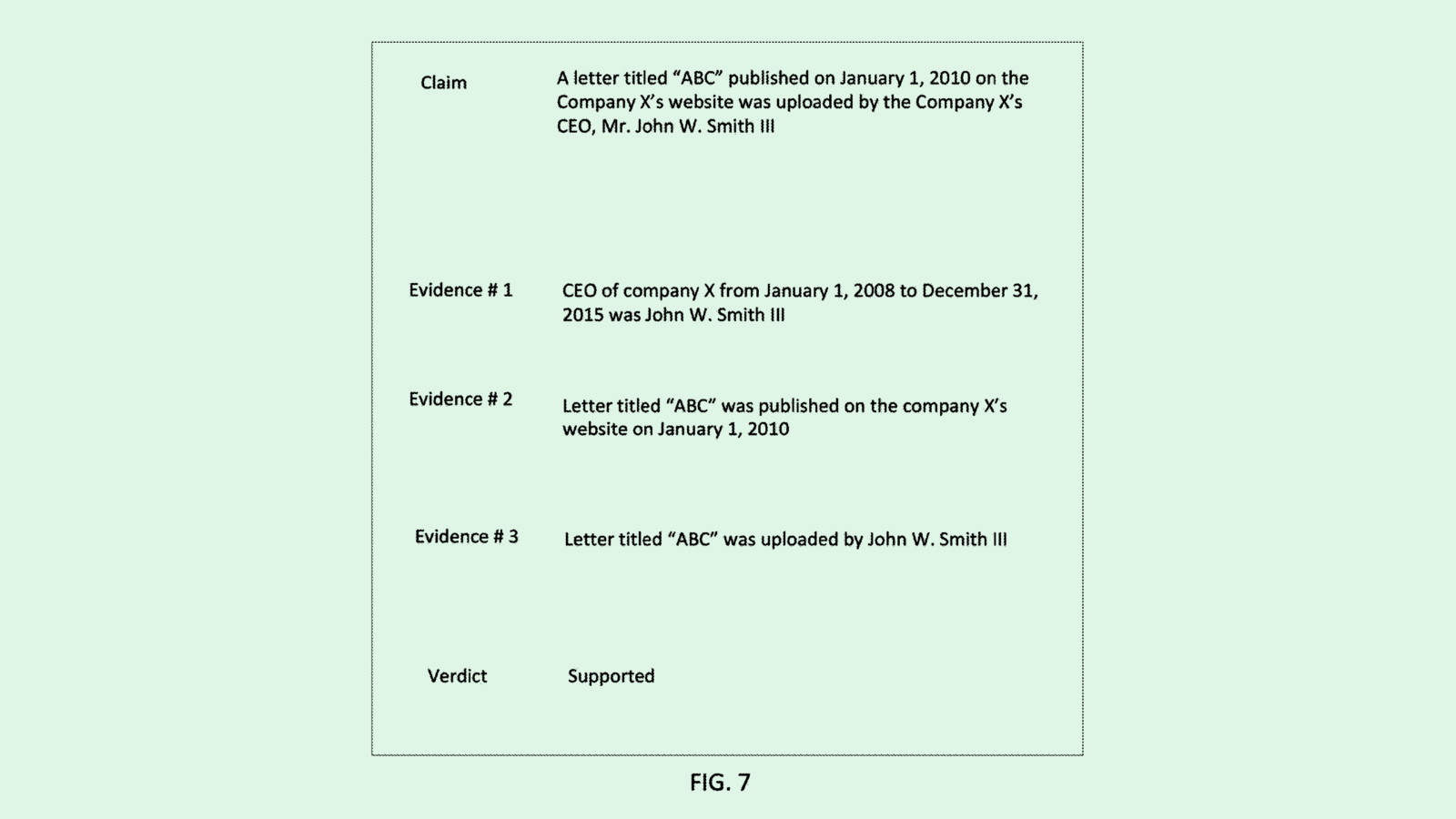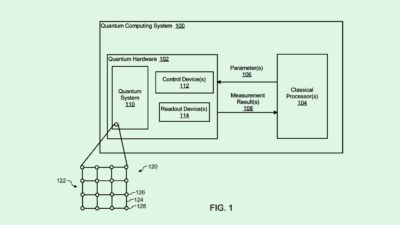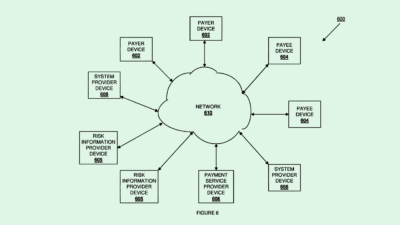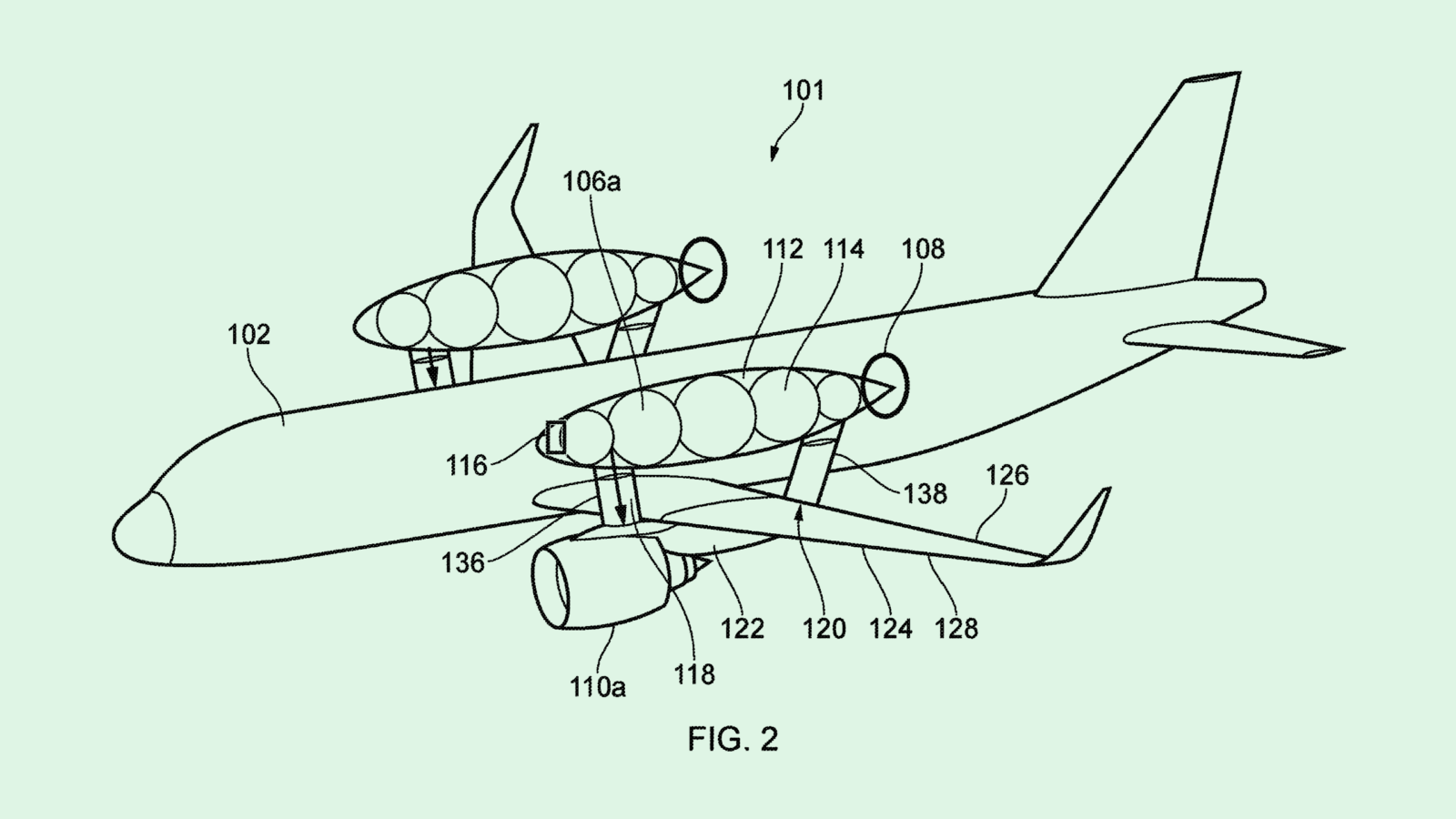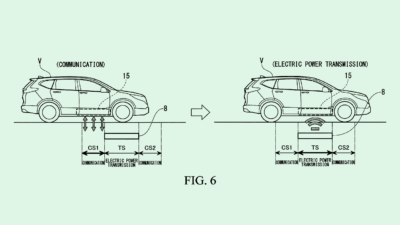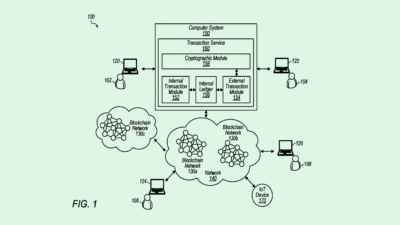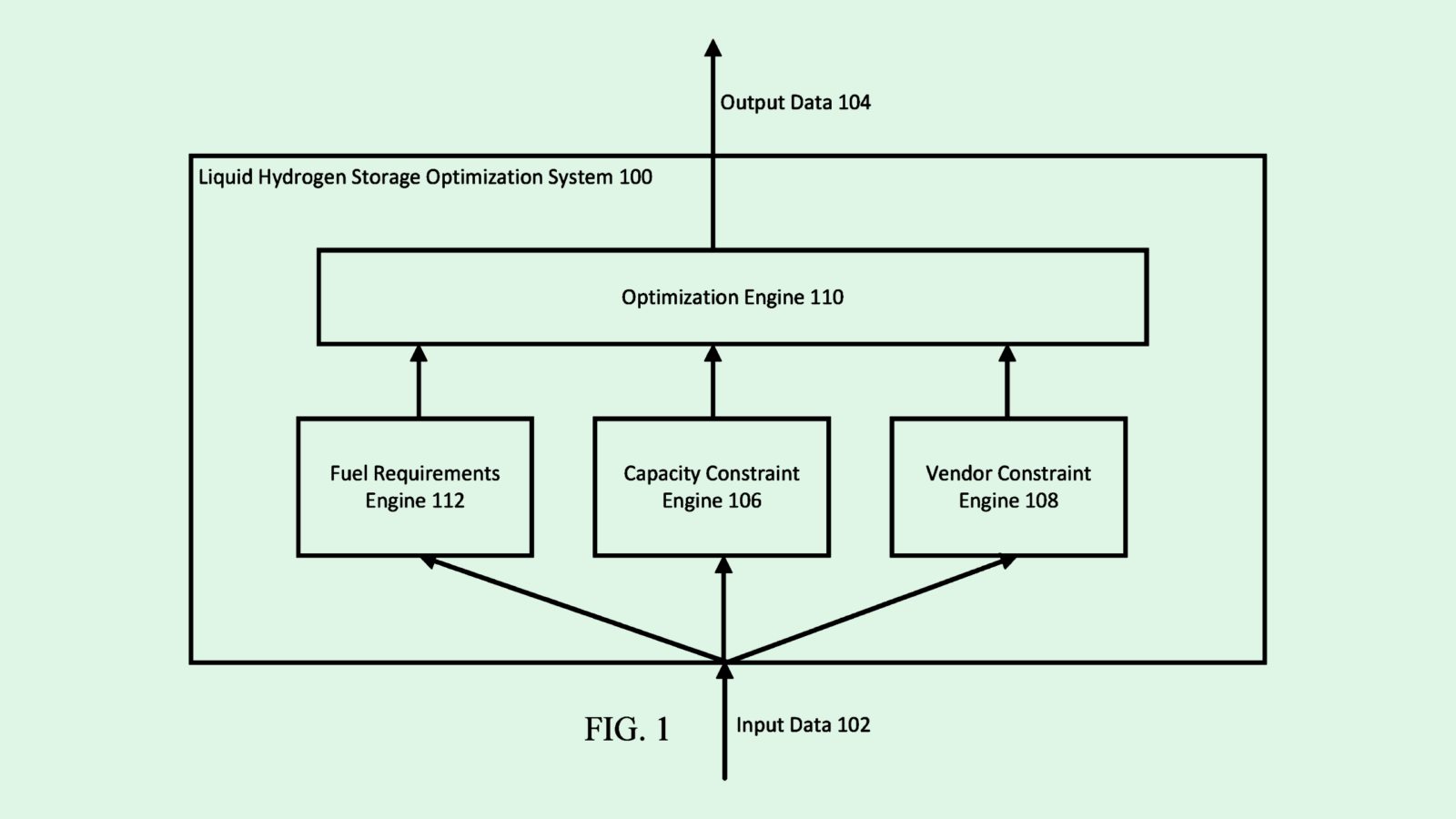Block Crypto Infrastructure Patent Could Solve Blockchain’s Power Problem
The filing highlights that the company is taking aim at the crypto hardware sector.
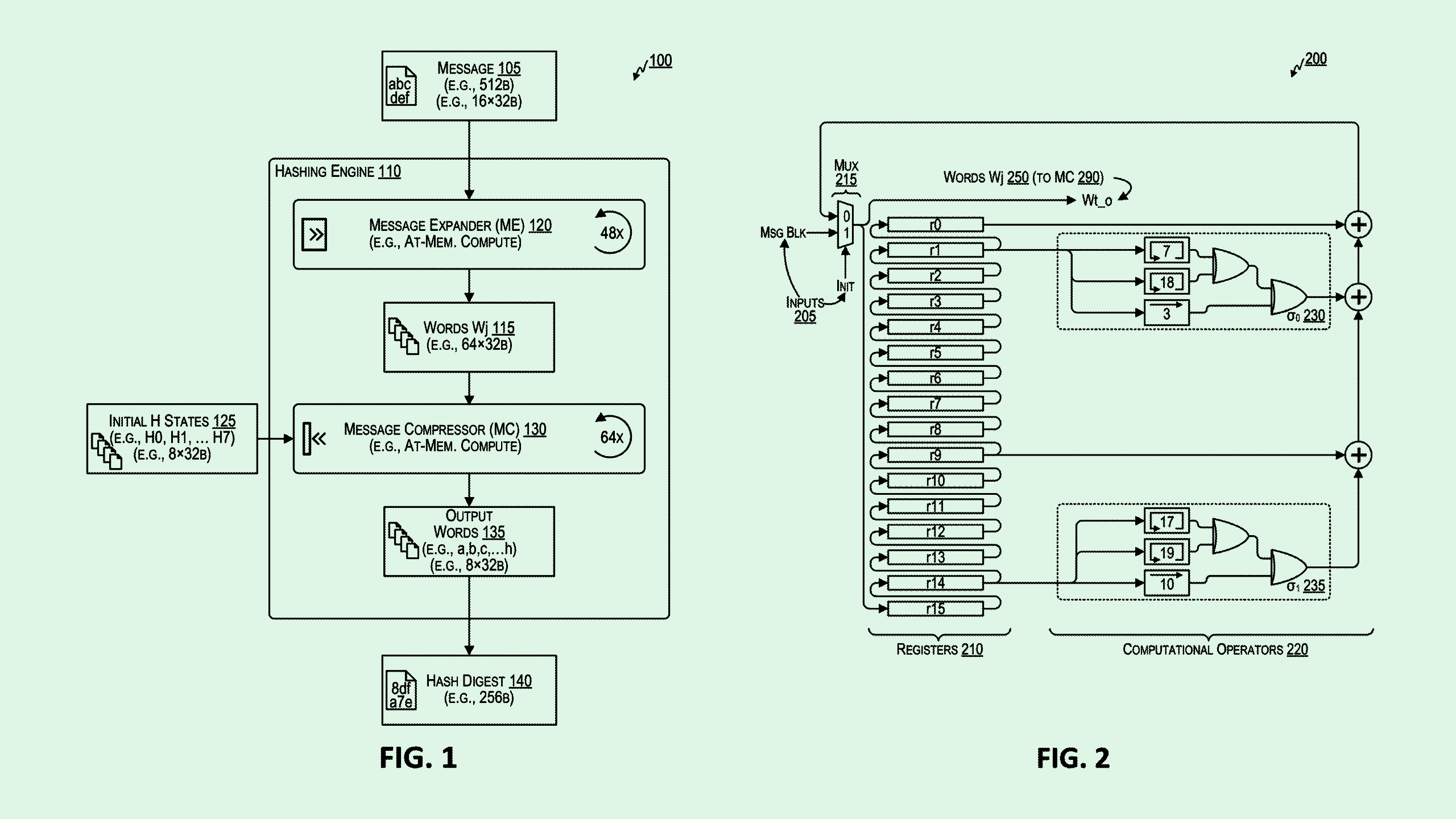
Sign up to uncover the latest in emerging technology.
Block may want to make its crypto transactions a little greener.
The fintech company filed a patent application for “computing architecture for energy-efficient hash computation.” For reference, a hash computation turns original data into a string of characters; they serve as a unique digital fingerprint. Though these are the foundation of a blockchain network, “traditional hashing techniques can use high levels of power,” Block noted in the filing.
“Use of distributed ledger technologies can often result in high levels of power consumption, to the extent there is some concern about potential climate impacts of the expanded use of distributed ledger technologies,” the filing said.
Block’s patent saves energy by pre-computing what’s known as “constants” — certain parts of the hash computation that are performed more than once — reducing the need for the system to run the same computation over and over again.
Block noted in the filing that this is particularly valuable for the “efficient mining for digital assets, such as bitcoin.” The company also claims that the power saving allows devices with “limited power reserves,” such as mobile devices, to access blockchain technology without burning through battery.
Block has long been deeply interested in blockchain: It changed its name from “Square” in 2021 to emphasize that point. The company bet on Bitcoin in particular, with the currency making up around 9% of its total cash, cash equivalents, and marketable securities in the first quarter.
Now, the company is taking aim at the crypto mining industry, inking a deal to provide chips to bitcoin mining firm Core Scientific in mid-July. “I’m fully confident and have no doubt that this is going to be a significant business for us and we’re going to take a majority of the market share,” CEO Jack Dorsey told analysts during the company’s recent earnings call.
But one of blockchain’s biggest hurdles is its energy consumption. And that roadblock has only gotten larger as demand has grown: Global energy consumption just from bitcoin mining doubled in 2023, reaching 141.2 terawatt hours.
Taking aim at this issue with a patent link this could not only help make crypto mining a little greener, but could ease the massive energy bills that blockchain creates, said Jordan Gutt, Web 3.0 Lead at The Glimpse Group. “At the end of the day, the organizations are the one footing the bill,” said Gutt.
“This is great from many perspectives — for the environment, for lower energy costs, it really gives them the ability to scale transaction volume,” said Gutt.
